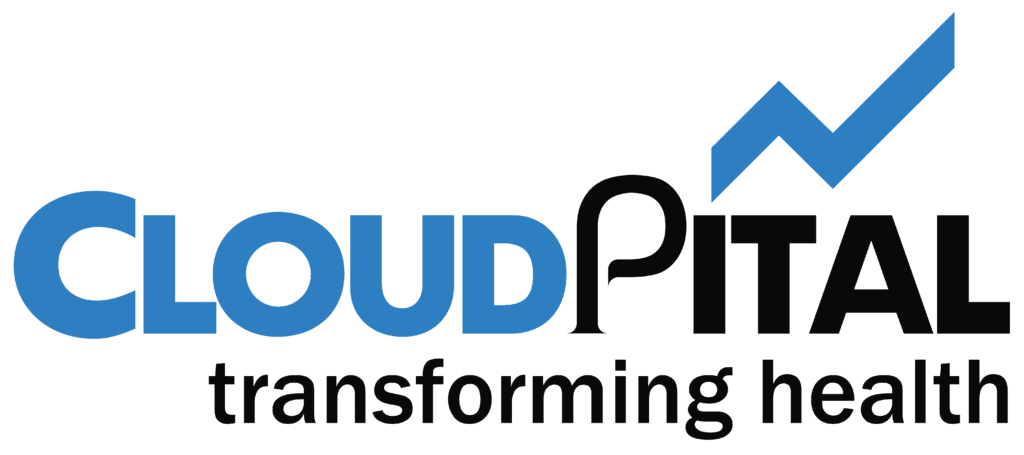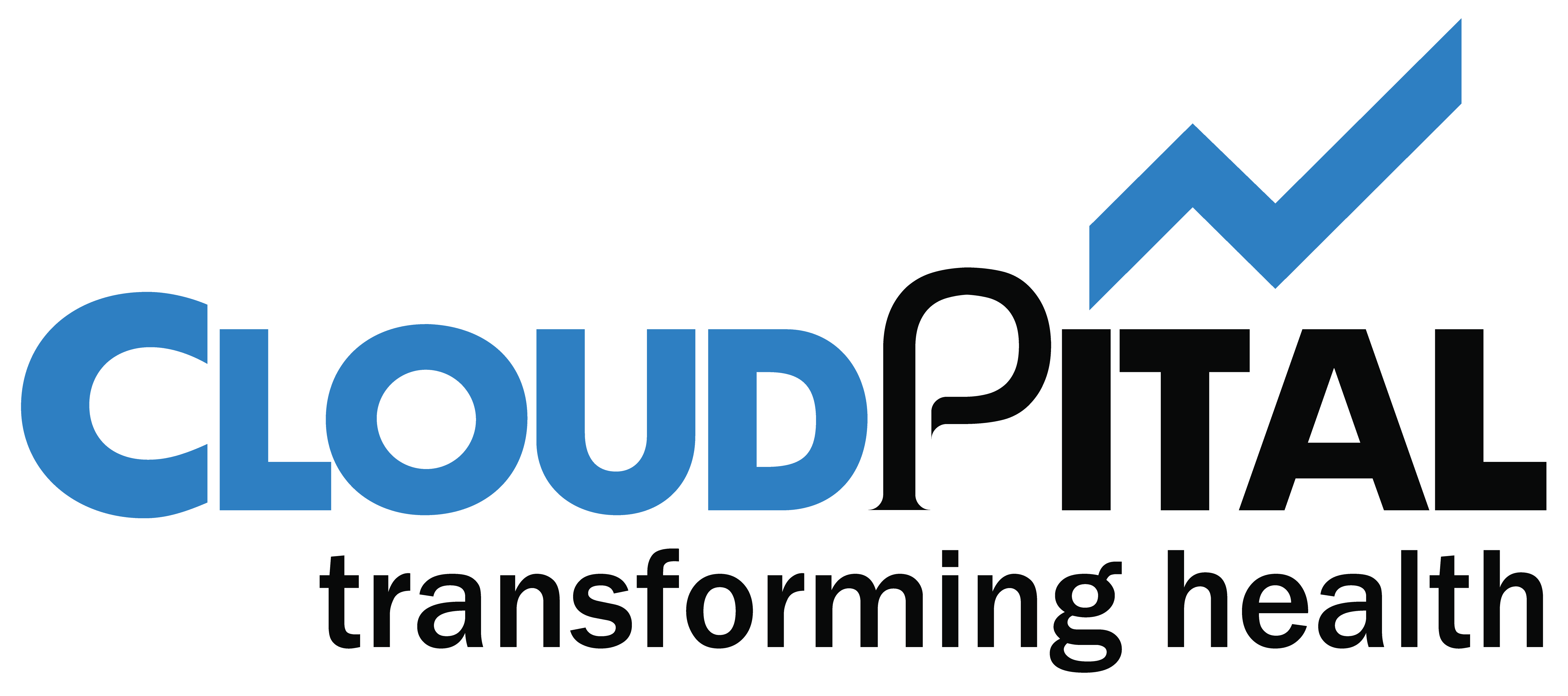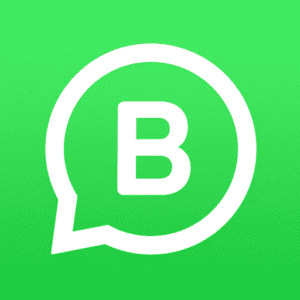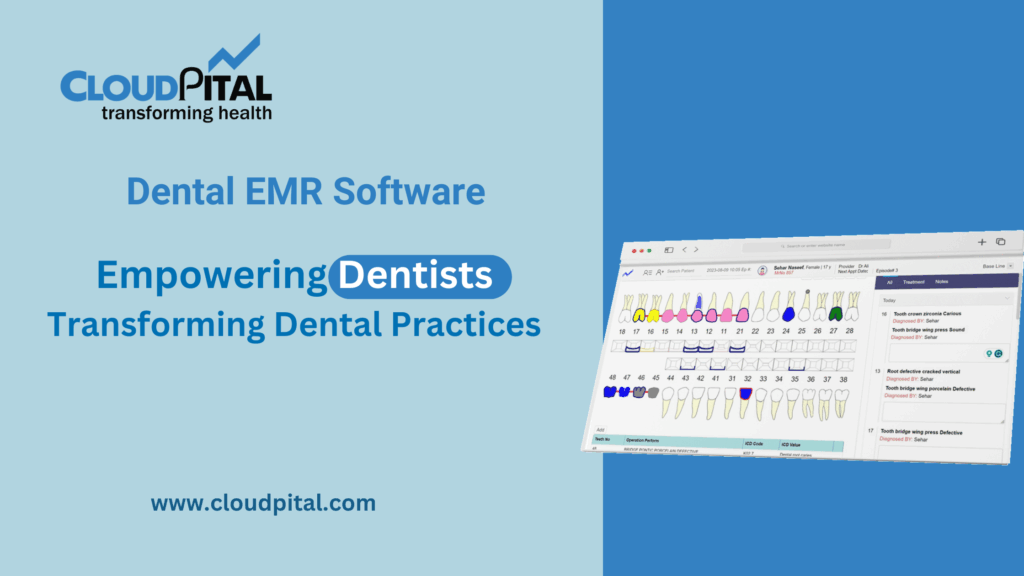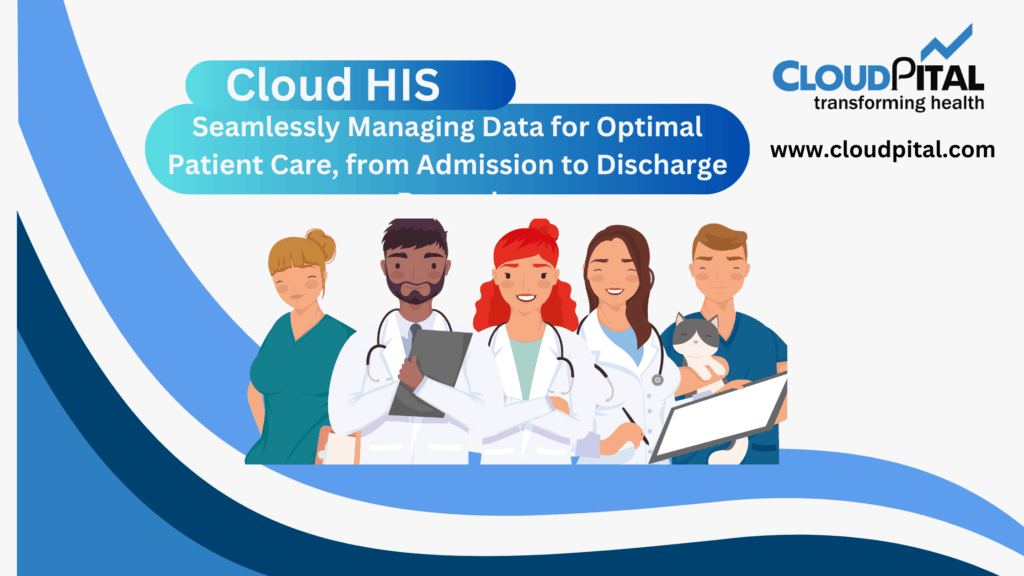Cloudpital # 1 is one of the top remote patient monitoring world in healthcare, remote surveillance (RPM) systems have become a crucial instrument to improve the quality of care for patients outside of traditional clinical environments. These systems make use of a variety of advanced technologies to gather and transmit data from patients in real time, allowing health professionals to manage and monitor patients remotely. Understanding the main technologies behind remote patient monitoring is vital in understanding the potential as well as the limitations to revolutionize the delivery of healthcare.
Click to Start Whatsapp Chatbot with Sales
Mobile: +966547315697
Email: sales@cloudpital.com
Cloudpital # 1 remote patient monitoring

Internet of Things (IoT) devices
at the core of remote patient monitoring for patients are IoT devices that encompass an array of sensors, wearables, as well as medical devices that are able to collect information from patients. They include fitness trackers that wearables and blood pressure cuffs pulse oximeters, glucometers and much more. They come with sensors that record various physiological parameters like heart rate blood glucose levels, oxygen saturation, blood pressure and levels of activity. IoT devices are usually connected to smartphones or monitoring hubs using Bluetooth Wi-Fi, Bluetooth, wireless networks, which facilitates seamless data transfer to healthcare professionals.
Telecommunication Technologies
Telecommunication technologies play an essential role in enabling real-time communications in data and information exchange among healthcare professionals. They cover a range of communication channels that include wireless networks, cellular networks, Bluetooth and satellite communications. Cellular networks, particularly offer coverage across the entire globe that allows patients to send data from distant locations using the network’s connectivity. Advanced encryption protocols guarantee the privacy and security of the data being transmitted, and adhere to strict health regulations like HIPAA (Health Insurance Portability and Accountability Act) in the United States.
Cloud Computing
The large quantity of data generated by remote patient monitoring systems requires a robust processing and storage capabilities. Cloud computing functions as the infrastructure that stores data, managing, and analyzing the patient’s data on remote servers that are accessible to health care providers. Cloud computing platforms are scalable that allows healthcare institutions to manage growing amounts of data without major infrastructure investment. Furthermore, cloud-based analytics software make use of algorithms for machine learning to draw useful insights from data collected by patients and help in the earlier detection of health issues and individualized treatments.

Data Analytics as well as Artificial Intelligence (AI)
Analytics and data AI algorithms play a key role in gaining useful insights from the wealth of information gathered through remote monitoring of patients. These algorithms study patterns of trends, correlations, and trends in patient data to detect variations from the normal health parameters and to predict the likelihood of adverse incidents. Machine learning models are able to customize treatment plans based on patient characteristics as well as historical data, which can improve the quality of healthcare. In addition AI-powered predictive analytics can enable proactive interventions that reduce the number of Prompt EMR readmissions and costs for healthcare while improving the patient’s satisfaction and overall quality of life.
mobile applications and patient portals
Mobile applications that are user-friendly and patient portals provide patient interfaces that allow patients to connect with remote systems for monitoring their health. These platforms permit patients to enter subjective data, such as symptoms, medication compliance, and lifestyle variables, in addition to the objective data collected through IoT devices. Mobile applications also enable the seamless exchange of information with health professionals via secure video consultations, messaging, and appointment scheduling capabilities. Patient portals allow patients to take a more active role when it comes to managing their health through providing access to health information that is personalized as well as educational resources and treatment suggestions.
Blockchain Technology
Blockchain technology has the potential of increasing the security, interoperability and reliability of EHR system information for remote monitors. Through the creation of a decentralized and immutable ledger of transactions blockchain technology ensures the integrity of data and traceability, reducing the possibility of manipulation or unauthorized access. Smart contracts that are embedded in blockchain networks enable the automated and transparent execution agreement between the patient healthcare providers, and other parties. Furthermore, blockchain-enabled data sharing platforms enable interoperability between disparate healthcare systems, allowing seamless exchange of information about patients while ensuring the privacy and security of.
Remote Monitoring Middleware and Integration Platforms
Remote monitoring platforms provide full-featured software solutions that facilitate the collection, aggregation and analysis of patient information from various sources. These platforms are compatible with the existing Electronic Health Record (EHR) software, allowing healthcare professionals to access the consolidated information of patients within the familiar workflows. Integration middleware serves as an intermediary connecting IoT equipment, EHR systems, and remote monitoring platforms, providing compatibility and data standardization across diverse environments. Furthermore, remote monitoring platforms typically have customized dashboards, alerting systems and reporting tools that assist in the process of clinical decision-making and coordination.
Conclusion
In the end remote monitoring systems for patients make use of a variety of technology to transform healthcare delivery by providing continuous monitoring, individualized interventions, and the proactive management of chronic illnesses. Starting from IoT devices and telecommunications as well as cloud computing, and AI analytics and AI analytics, these technologies come together in order to help patients become empowered, improve processes for clinical care, and increase the quality of life for patients. While technology is continuing to develop remote monitoring for patients has enormous potential to drive the shift to patient-centered health care models that are based on value.
Click to Start Whatsapp Chatbot with Sales
Mobile: +966547315697
Email: sales@cloudpital.com
remote patient monitoring
remote patient monitoring
remote patient monitoring
remote patient monitoring
What are the primary technologies used in remote patient monitoring? similar software solutions prices were updated on 2025-07-01T22:54:17+00:00 in Saudi Arabia in Mecca, Medina, Riyadh, Khamis Mushait, Yanbu, Jeddah, Dammam, Unaizah, Uqair, Ha’il, Ta if, Al Bahah, Dhahran, King Abdullah Economic City, Najran, Diriyah, Qatif, Khafji, Jubail, Abqaiq, List of Cities and Towns in Saudi Arabia, Ras Tanura, Turubah, Jazan Economic City, Knowledge Economic City, Medina, Khobar, Abha, Tabuk, Saudi Arabia, similar software solutions prices were updated on 2025-07-01T22:54:17+00:00 We also provide in Saudi Arabia services solutions company in Hafar Al-Batin, Udhailiyah, Al-Awamiyah, Hofuf, Hautat Sudair, Buraidah, Tayma, Duba, ‘uyayna, Saihat, Al-Kharj, Al-ula, Jizan, Rumailah, Ar Rass, Arar, Shaybah, Al Majma’ah, Rabigh, Dhurma, Haradh, List of Saudi Cities by Gdp Per Capita, Badr, Sudair Industrial City, Baljurashi, Shaqraa, Al-Khutt, Habala, Ad Dawadimi, Dawadmi, Layla, similar software solutions prices were updated on 2025-07-01T22:54:17+00:00 Price is SAR 100 and this was updated on updated on 2025-07-01T22:54:17+00:00 similar What are the primary technologies used in remote patient monitoring? software solutions prices were updated on 2025-07-01T22:54:17+00:00 in Saudi Arabia in Haql, Afif, Al-Abwa, Farasan, Al-Jaroudiya, Thadig, Al-Thuqbah, Al Wajh, Almardmah, Al-Zilfi, Muzahmiyya, Prince Abdul Aziz Bin Mousaed Economic City, Tharmada’a, Skaka, Um Al-Sahek, Sharurah, Tanomah, Bisha, Dahaban, Al Qunfudhah, Qurayyat, Saudi Arabia, Ha’ir, as Sulayyil, Al Lith, Turaif, Al-Gway’iyyah, Samtah, Wadi Ad-Dawasir, Az Zaimah, Safwa City, Jalajil, Harmah, Mastoorah, Hotat Bani Tamim, Jabal Umm Al Ru’us, Rafha, Qaisumah, Al-Ghat, Hajrah, Al-Hareeq. Excerpt: Jeddah (also spelled Jiddah, Jidda, or Jedda; Arabic: Jidda) is a Saudi Arabian city located on the coast of the Red Sea and is the major urban center of western Saudi Arabia similar software solutions prices were updated on 2025-07-01T22:54:17+00:00 Price is SAR 100 and this was updated on updated on 2025-07-01T22:54:17+00:00
1-2-2024
